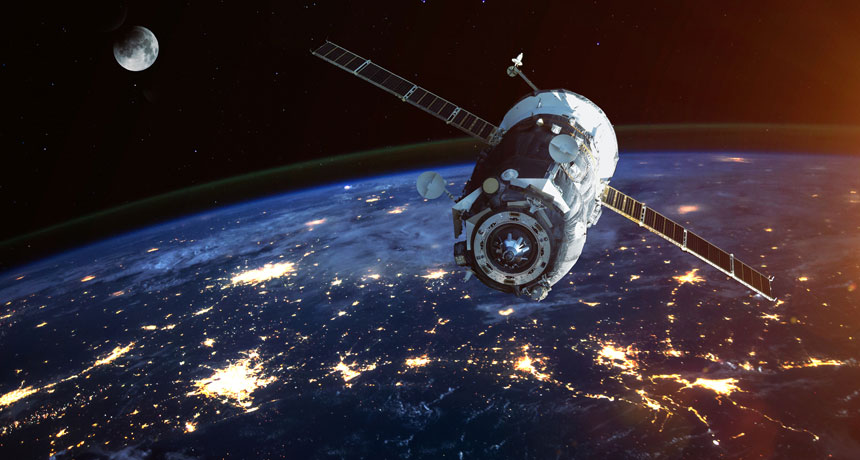
STAR WARS Outer space (a satellite orbiting Earth is illustrated above) is both a laboratory and a battleground, the authors of Accessory to War explain.
Vadim Sadovski/Shutterstock

STAR WARS Outer space (a satellite orbiting Earth is illustrated above) is both a laboratory and a battleground, the authors of Accessory to War explain.
Vadim Sadovski/Shutterstock